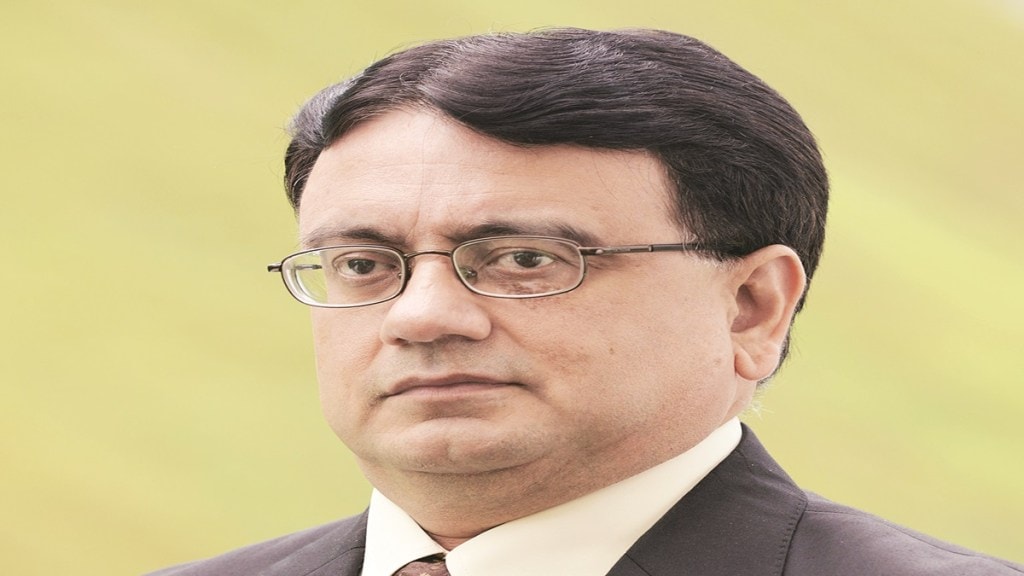The gap between loans and deposits has been accentuated by a surge in credit demand from both individuals and businesses, says Kotak Mahindra Bank Group President and Consumer Banking Head Virat Diwanji. With interest rates on the rise, many individuals have also preferred to utilise their savings to prepay loans. However, this demand for loans will gradually come back to normal levels, he tells Ajay Ramanathan. Excerpts:
We have seen a double-digit loan growth in the banking industry while deposits are yet to catch up. How do you see this playing out, going ahead?
The upward revision of the interest rate cycle, coupled with signs of improvement in economic activities, offered attractive investment options to the traditional saver after a long time. The unprecedented growth in SIPs is a classic example to demonstrate that money has moved to investments from deposits. As interest rates climbed further, many individuals preferred to reduce their loan burden by paying off their loans partially or fully. They use their savings largely to prepay their loans.
Also read: Central Govt likely to make adjustments in the textile sector’s duty structure
On the other side, SMEs & traders saw improvement in economic activity, thereby leading to a surge in demand for their goods and services. The business community was willing to borrow and invest in their businesses so as to capture this opportunity. Individual customers also had an opportunity to celebrate the festive season freely after two years and that led to higher demand of loans. We see this demand now gradually coming back to normal levels.
Are you looking for more co-branding opportunities in the credit card space? What percentage of your total card sales come from co-branding?
We believe that co-brands provide a distinct opportunity for us to tap customer segments loyal to a strategically relevant brand. Co-branding is also an opportunity for us to create interesting product propositions to engage our existing banking customers. We have a strong partnership with PVR and IndiGo in the retail segment. Our co-brands with Metro and Flipkart Wholesale cater to specific needs of the small business segment. Our partnership with Indian Oil for a co-branded credit card, which was announced in 2021, is significant for the fuel segment. We have also signed an MoU with IRCTC. Our priority is to ensure that we build scalable partnerships.
What has been the reason for the sharp surge in automobile loans?
There are a few reasons that have led to a sudden surge in car demand in the recent past. During last two Covid years, the automobile industry had witnessed severe constraints on the supply side, both domestic and imports, due to various reasons. This resulted in lead time of delivery of vehicles anywhere between four-six months. FY22-23 started with easing of these constraints and that led to this sudden surge in car demand. Covid also led to individuals believing in the need to have self-mobility.
Infrastructure in the country has significantly improved over the last couple of years and that is leading to people adopting road travel more freely. Launch of newer SUVs, hybrid and EV models has also added to the demand surge. With economy showing signs of improvement and income levels going up, the demand for luxury cars also witnessed an unprecedented growth.
Within the retail segment, what areas will Kotak Mahindra Bank focus on going ahead?
Our primary focus within the retail segment is two-fold. Growing stable and low cost deposits, and growing our lending portfolio without diluting risk-adjusted returns. In line with these twin objectives, our focus on salaried customers has increased. We are working on improving the customer experience across all touch points through investment in technology and use of Artificial Intelligence and Machine Learning and deep data analytics models. Our endeavour to garner market share in mortgages and credit cards business in the recent past, encourages us to continue on this journey.
Also read: Amul MD RS Sodhi ousted with immediate effect; Jayen Mehta takes interim charge
Can you highlight some of the prevailing trends in the credit card portfolio? Do consumers prefer no-cost EMI, and EMIs over revolver?
We have seen a secular growth in both online and offline spend. Post Covid, more and more customers are confident about being outdoors and that reflects in the increase in spend on shopping, entertainment and travel.
The response to various offers has been strong for both EMI and non-EMI transactions. Apparels and electronics offers generally get better response. There is also a clear preference for EMIs for a segment of customers.
We have observed a reasonable drop in our revolving portfolio, post Covid. This is consistent with what the other industry players are seeing. When it comes to borrowing, we believe that customers are comfortable with a structured payment arrangement in the form of EMIs. EMIs give a better control on their cash flows and help them plan expenses better.

